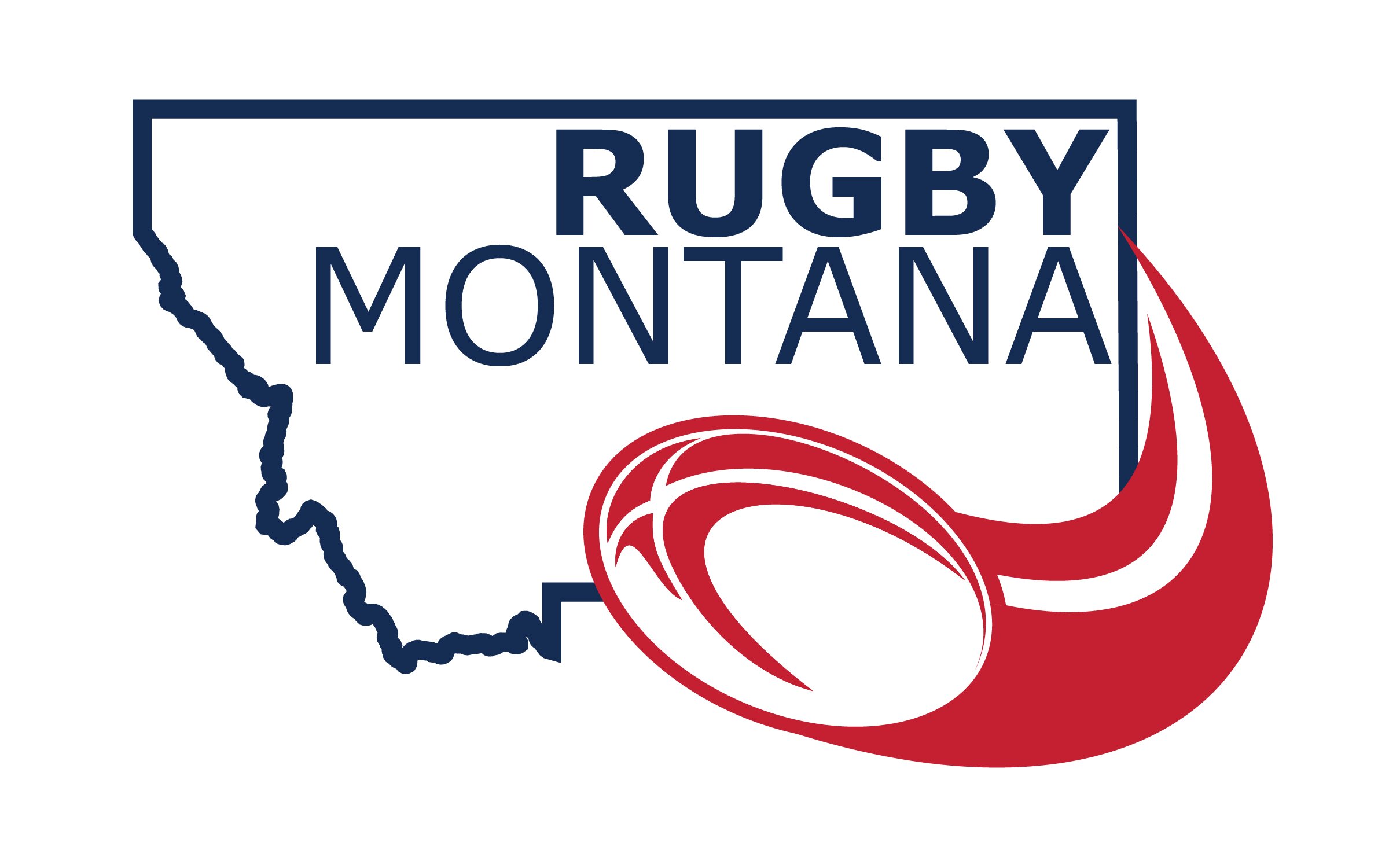In case of lightning everyone must evacuate the area to a safe location. The referee has the power to end the match at any time if he/she believes that play should not continue because it would be dangerous.
The referee and/or coaches can use the guidelines below from USA Rugby to help make a determination.
When must a match, practice or other activity be stopped due to lightning?
A match must be stopped if lightning is 6 miles or less away from the match location.
- If the time between flash to bang is 30 seconds or less, the match must be stopped and everyone moved to a safe location until the lightning has passed and is 6 miles or more
If Time Allows for Match to Resume After Lightning:
If a game, practice, or other activity is suspended or postponed due to lightning activity, before resuming, you must wait at least 30 minutes after the last lightning flash or sound of thunder. Each time lightning is seen or thunder is heard the 30-minute clock must be reset.
If Time Does NOT Allow for Match to Resume:
If at least 3/4th of the match has been played, match will be over and current score at that time will stand.
- 3/4thof 70 min match = at least 52 min & 30 sec played
- 3/4thof 60 min match = at least 45 min played
- 3/4thof 40 min match = at least 30 min played
If at least 3/4th of a match has NOT been played, match be rescheduled and will restart with remaining time on clock on the make-up day.
Note: Coaches may both decide to end the match and not reschedule, keeping the current score. Both coaches must agree to this and the decision MUST be decided in front of the referee, as a witness.
Example: Match ended with 15 minutes played. Match will re-start on scheduled makeup day with 15 minutes already played and same score carried over.
Make-up Matches Policy:
If a match must be cancelled due to severe weather it is up to the coaches to notify the Administrator as soon as reasonably possible so that referee allocations can be adjusted. Coaches will work together to find the best make-up date to work for their teams.
Read the full USA Rugby Lightning Policy HERE, Below are excerpts from the official policy:
In an attempt to educate the public about dangers relating to sever weather, the National Weather Service has established a multi-level awareness plan.
Level 1 – If you are planning outdoors activities, obtain the weather forecast beforehand. Know your local weather patterns.
Level 2 – If you are planning to be outdoors, identify and say within traveling range of a proper shelter. Employ the “30-30 Rule” to know when to seek a safer location. The “30- 30 Rule” states that when you see lightning, count the time until you hear thunder. If this time is 30 seconds or less go immediately to a safer place. If you can’t see the lightning, just hearing the thunder means lightning is likely within striking range. After the storm has apparently dissipated or moved on, wait 30 minutes or more after hearing the last thunder before leaving the safer location
Level 3 – When lightning strikes, go to a safer location. Do not hesitate. What is a safer location? The safest place commonly available during a lightning storm is a large, fully enclosed substantially constructed building. Substantial construction also implies the building has wiring and plumbing, which can conduct lightning current safely to ground. Once inside, stay away from corded telephones, electrical appliances, lighting fixture, microphones, electric sockets and plumbing. Inner rooms are generally preferable from a safety viewpoint. If you can’t reach a substantial building, an enclosed vehicle with a sold metal roof and metal sides is a reasonable second choice. Close the windows, lean away from the door, put your hands in your lap and don’t touch the steering wheel, ignition, gear shifter or radio. Convertibles, cars with fiberglass or plastic shells, and open framed vehicles are not suitable lightning shelters.
Level 4 – If you cannot flee to a safer location, take action to minimize the threat of being stuck. Proceed from higher to lower elevations. Avoid wide-open areas, including sports fields. Avoid tall, isolated objects like trees, poles, and light posts. Do not consider unprotected open structures such as picnic pavilions, rain shelters and bus stops. Avoid contact with metal fences, metal bleachers, or other metal structures.
Level 5 – If circumstances or a series of bad decisions have found you outside of a shelter, far removed from a safer place when lightning is occurring, there are still measures to be taken. Put your feet together, squat down, tuck your head, and cover your ears. When the immediate threat of lightning has passed, continue heading to the safest place possible.
Level 6 – If the worst happens, there are key Lightning First Aid guidelines. First, if at all possible, call “9-1-1” immediately. Since all deaths from lightning strikes result from cardiac arrest and/or stopped breathing, begin treatment as soon as possible. CPR or mouth-to-mouth resuscitation is the recommended first aid, respectively.
The threat of injury due to a lightning strike is very prevalent. We unfortunately cannot control the weather, however can decrease the possibility of injury through education and proper precautions. By understanding and utilizing the five levels identified in the National Weather Service plan we can be assured that our teams are safe at all USA RUGBY events.
